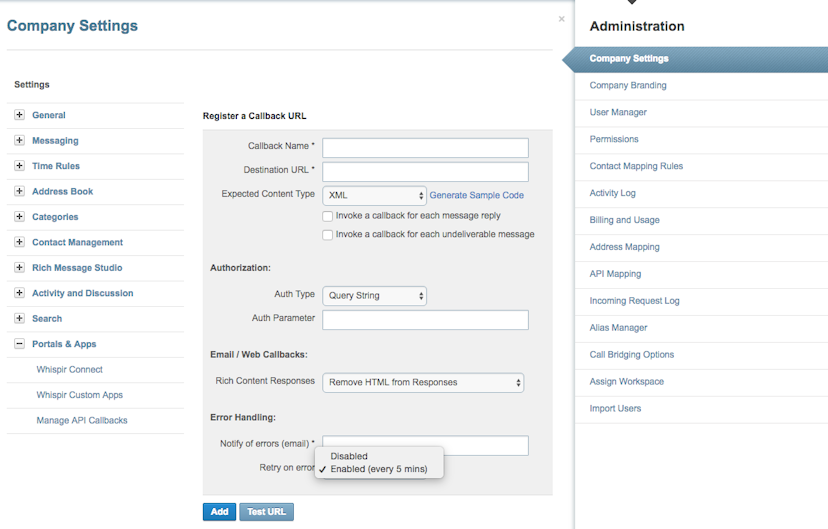Transport & Logistics providers operate in a highly volatile environment, characterized by ongoing threats to passengers, personnel, and assets, including vehicle crashes, hazardous goods storage & transport, cargo & asset theft, terrorism, and piracy.
Increasingly interconnected global supply chains make cyber-attacks, digital failure, and geopolitical dynamics an ever-present set of risks to business integrity. Future competitiveness relies on deep integration between all parts of the manufacturing, logistics, and distribution sectors, with highly automated processes requiring massive levels of data being exchanged, leading to a concordant increase in vulnerability to privacy and security breaches.
Further, reliance on partners and changing customer demands increase the potential for market & business model failure; and the high demand for new technological skills, especially digital leadership, and big data analytics, compound the challenges facing the sector.
In order to help quantify the scope of these risks, the Willis Towers Watson Risk Index – released in September 2016 – is a global survey of senior sector executives who identified the following areas as being of most concern:
-
The increased security threat from cyber and data privacy breaches
-
Failure of critical IT systems
-
Dependence on third-party suppliers
-
Third-party security vulnerability and digital supply chain resilience
-
Competition/anti-trust law scrutiny associated with M&A activity
-
Increased complexity of regulation
-
Inability to keep up with the pace of change and technological advancement
-
Threat from new and emerging competitors
-
Over-dependence on national infrastructure
-
New technologies obsolescing existing transport infrastructure
As the levels of interconnectivity, and pace of technological change continue to escalate, resilience is increasingly being built through robust communication strategies, continuous innovation, and thorough preparation to respond when crises do arise.
Read our Inside Guide to Transport & Logistics Crisis Communications to understand the scope of these risks, and the best practice strategies, tools, and technologies for effective crisis preparation and response.










